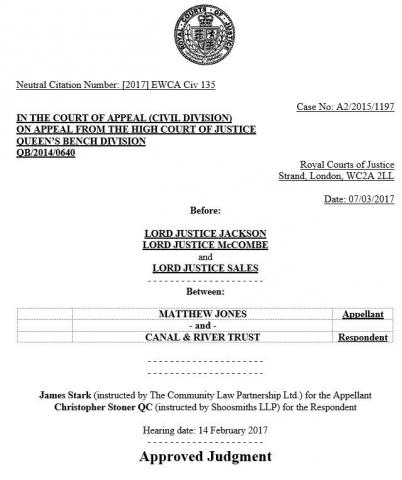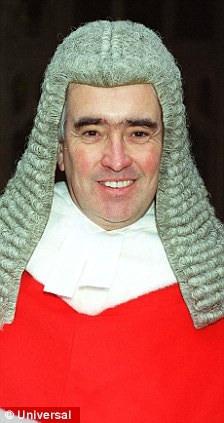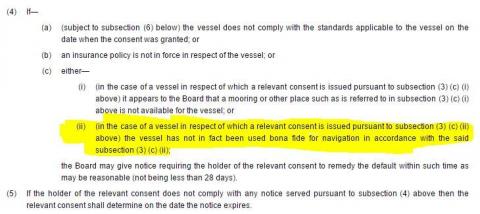How C&RT lost in the Appeal Court
March 2017 - Allan Richards looks at how C&RT ended up with an Appeal Court decision that questions its approach to Continuous cruisers.
Three Law Lords have upheld an appeal by boater Mathew Jones in a Section 8 case. Lord Justice Jackson, Lord Justice McCombe and Lord Justice Sales found that a County Court Judge was wrong in striking out a number of paragraphs in Mr Jones defence based on Article 8 of the European Convention on Human Rights and Fundamental Freedoms (ECHR).
It was more than three years ago (8 January 2014) that C&RT commenced proceedings against Mr Jones having revoked his licence for not using his boat ‘bona fide for navigation’.
Part of Mr Jones defence was that C&RT had failed to consider his Article 8 rights and the decision to seek an injunction and deprive him of his home was disproportionate.
However, C&RT asked that this part of the defence should be summarily struck out on the basis that it should be treated as a housing authority in relation to the matter (this despite C&RT’s oft repeated claim that it is not a housing authority!).
The judge agreed to this and, as such, this part of the defence was not heard. The judge also refused permission to appeal but this was later allowed by the High Court on 21 May 2015. The High Court, however, went on to dismiss the appeal.
Despite this setback, Lord Justice Lewison granted permission for a second appeal. He said, “The appeal raises an important point: viz whether the Canal and River Trust is to be treated in the same way as a local housing authority for the purposes of Article 8 of the ECHR.” He also commented “The judge’s reasoning is very sparse and in itself provides a compelling reason for a second appeal. ”
The 20 page, 9000 word, Court of Appeal judgement means that Mr Jones human rights argument will be heard back in the County Court.
However, there is an important issue for boaters generally. The judgement confirms the existing right of boaters in Section 8 cases to ask the court to consider the proportionality of C&RT’s actions.
It should be noted that Section 8 of the British Waterways Act 1983 was never aimed at licence enforcement but rather the removal of abandoned boats. It is British Waterways Act 1995 Section 17(4)(c)(ii) which gives C&RT the power to enforce where boats have not been used ‘bona fide for navigation’.
However, when asked in May 2016 how many Section 17 notices had been issued in C&RT’s 2015/16 financial year, the answer was none.
If one Googles “canal river trust jones” one of the ‘hits’ is a C&RT web page entitled ‘Court action to remove boats from our waterways’. Perhaps unsurprisingly, Mathew Jones case can no longer be found on this page …
The main story is here: Boater's Appeal Court victory on Human Rights
Photos: (1st) The Judgement, (2nd) Lord Justice Jackson, (3rd) Lord Justice McCoombe, (4th) Section 17 - never used.
UPDATE - March 2017 - After some days of deliberation the Canal and River Trust has produced a statement on the Appeal Court decision that went against it, writes Peter Underwood
In it it appears to suggest it did not attempt to persuade the lower courts to ignore the human rights of the boater Matthew Jones and that the Appeal Court judgement said it should reconsider its procedures in relation to human rights.
Here it is in all its glory:
"STATEMENT: CANAL & RIVER TRUST v MATTHEW JONES
The decision on Tuesday 7th March was not about the Canal & River Trust’s internal processes or procedures, or our interpretation of the British Waterways Act 1995. The learned judges also did not criticise the Trust in this or any other enforcement case. Instead, the decision concerned how arguments about the human rights of live-aboard boaters should be considered by the courts. We welcome the clarification provided by the Court, which should provide more certainty to boaters and the Trust in enforcement cases.
We will continue to work with boaters to find ways of keeping them and their boats on the waterways wherever we reasonably can."









